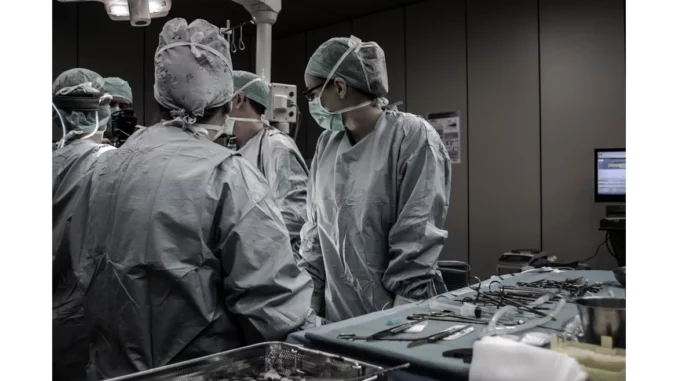
During a recent conversation with Dr Karen Mitchell, a leading researcher at Creative Medical Technology Holdings, Inc., the focus was on the remarkable progress of their ADAPT clinical trial. Listed on NASDAQ under the ticker CELZ, the company is at the forefront of regenerative medicine, particularly in tackling chronic lower back pain—a debilitating condition affecting more than 16 million individuals in the United States alone. The atmosphere was charged with excitement and expectation as Dr Mitchell shared insights into the trial’s advancements and its potential to revolutionise treatment options.
Dr Mitchell, renowned for her expertise and reassuring presence, began by outlining the trial’s significance. A pivotal moment arrived with the successful completion of an independent interim safety review conducted by the Data Safety Monitoring Board (DSMB). “This review was a critical validation of our approach, confirming both the safety and the potential efficacy of CELZ-201, our innovative therapeutic product derived from perinatal tissue,” Dr Mitchell explained. The trial’s structure is a double-blind, randomised, placebo-controlled study, a stringent format designed to uphold the highest standards of scientific research. “We administer CELZ-201 intramuscularly using minimally invasive ultrasound techniques,” she detailed, highlighting the method’s dual emphasis on patient safety and precision—essential in handling delicate spinal structures.
The DSMB’s review scrutinised data from the initial five patients who received doses, ultimately allowing the trial to progress as planned. This was a significant achievement, given the trial’s complexity and the rigorous safety measures in place. Dr Mitchell elaborated on the critical 30-day dose-limiting toxicity assessment that each patient underwent, which was pivotal in achieving this positive outcome. Her optimism was palpable as she remarked, “Every milestone reached brings us closer to offering a breakthrough therapy for those enduring chronic lower back pain.”
The broader implications of the ADAPT trial were also a subject of discussion, revealing its potential to influence new regenerative medicine methodologies, particularly in areas where conventional treatments have not sufficed. Dr Mitchell emphasised the company’s mission, “We aim to develop targeted cellular therapies to address previously unmet medical needs. CELZ-201 exemplifies our dedication to pioneering safe and effective treatments.” The conversation seamlessly transitioned to the future steps of this ambitious project. With the DSMB’s approval, the team is expediting patient enrolment and preparing for subsequent phases of clinical development. “The journey ahead is extensive, yet the potential benefits for patients propel us forward,” Dr Mitchell asserted.
What stood out during the interview was the harmonious blend of scientific rigour and heartfelt compassion that Dr Mitchell and her team embody. Creative Medical Technology Holdings is not merely about extending the boundaries of regenerative medicine; it is about converting these scientific breakthroughs into accessible and meaningful care for those in need. As the discussion drew to a close, I inquired about Dr Mitchell’s hopes for the future. Her response was both visionary and hopeful: “I foresee a future where regenerative therapies like CELZ-201 become the norm. A reality where chronic pain no longer dictates the quality of life, and patients have access to enduring, effective solutions.”
Departing from the interview, I was imbued with a renewed sense of hope and respect for the pioneering work being conducted at Creative Medical Technology Holdings. The path they are charting is not without its challenges, but the potential rewards—a life free from chronic lower back pain for millions—justify every obstacle they encounter.
In today’s era, where medical advancements are subject to both praise and scrutiny, the story of CELZ-201 emerges as an extraordinary testament to the power of combining scientific innovation with empathy. As the world keenly observes, the unfolding narrative of medical innovation in this domain promises to be both exciting and transformative.


Be the first to comment